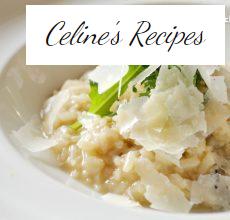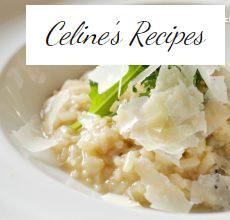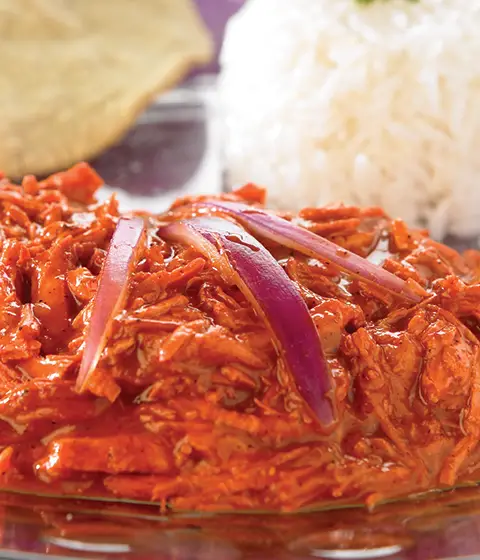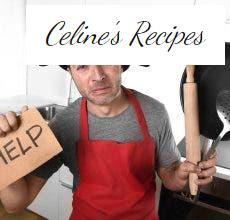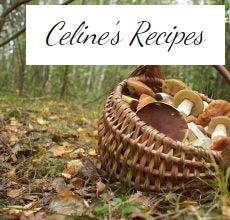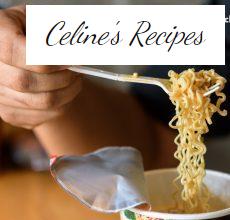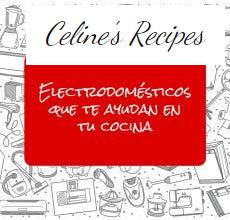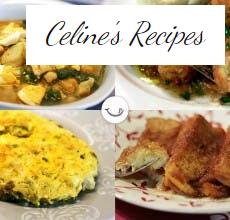What will the food of the future be like … of which many are already here.
Yes, yes … we are doing very badly with the environment and food, I know that we have to change this if it is not sustainable.
We cultivate like when we were few and we eat like the rich before: daily meat, filling ourselves up until we could no longer… This way we are going to lose personal health and that of the planet, for fools.
We all want a very limited variety of foods throughout the year and also in large quantities to ensure that there are no empty holes in the supermarket that generate a lot of distress!
75% of the world’s food is based only on 12 plant species and 5 animal species. Considering that this supply system is already overloading the planet, consuming resources, decreasing biodiversity … and that the population continues to grow and by 2050 we will be more than 9,000 million inhabitants, yourself.

Meat is our current diet
Specifically, the raising of meat for our consumption generates 60% of the greenhouse gases of the total generated by the agri-food industry. Not to mention the expense of water needed, for them and to grow their food.
I get tired of repeating it, but I should not because it is still a long way to understand the scope of the key concept: variety, we have very little in every way.
The little variety in consumption leads to excesses and deficiencies of vitamins and amino acids maintained over time that undoubtedly help our body to develop certain pathologies.
Productions of the same crop in large areas over and over again, imbalance the ecosystem and biodiversity, consuming in excess certain components of the soil.
That leaves you vulnerable to pests and pathogens and increases your need for insecticides. Overused, which happens frequently, they pollute the water and decrease more biodiversity, eliminating much of the wildlife.
Are there no more things to eat?
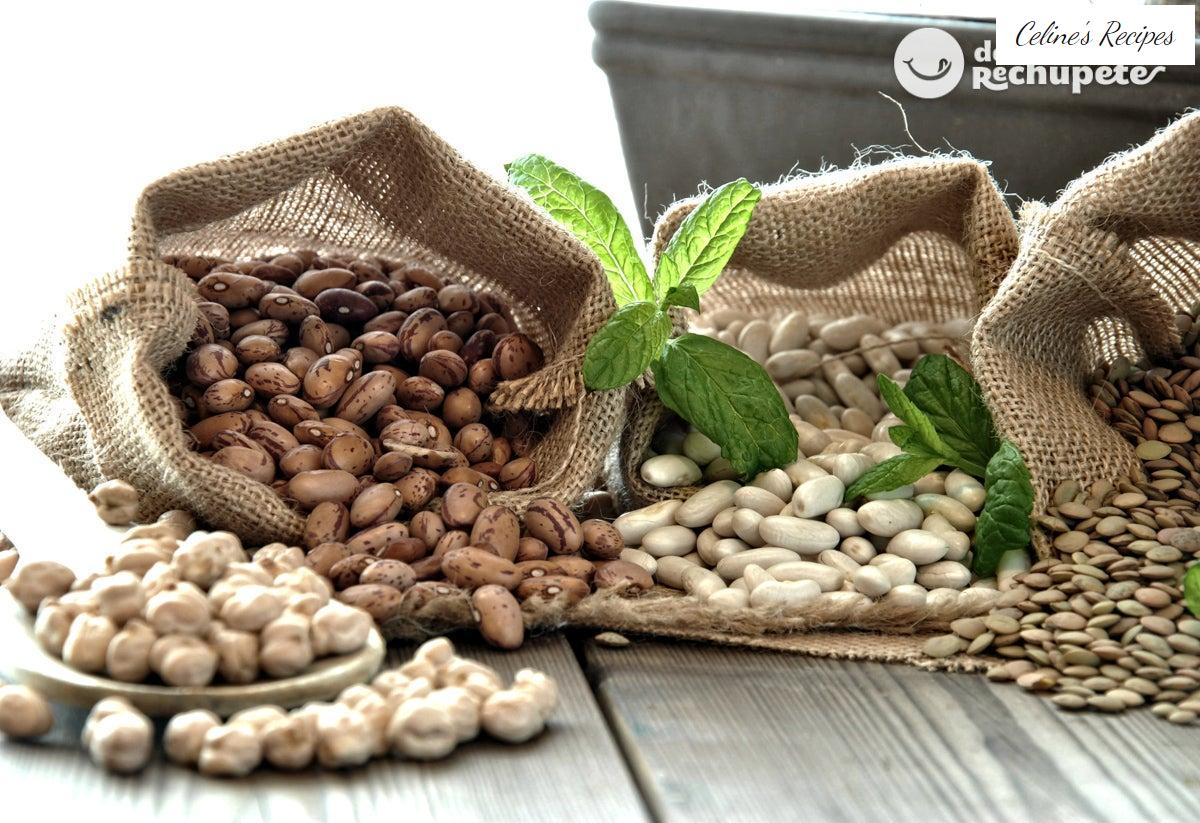
And if we start with vegetables, legumes and cereals
We have some 150,000 identified edible plants and we only consume approximately 150 of them.
WWF proposes a list of the 50 foods of the future focused on accessible food options that are more nutritious and environmentally efficient: vegetable proteins such as legumes , carbohydrates different from the 3 main ones: rice , corn and wheat .

And also different vegetables such as lotus root , or kale, which in addition to being very nutritious and rich in vitamins and minerals, is very easy and cheap to produce.
Kale which is the same as Kale but much cheaper. I think they will pass the fashion that marketing people get us drunk daily with the theme of superfoods .
Açai, quinoa , chia, buckwheat, turmeric, goji berries, edamame , spirulina, kale, guanaba, kefir … it goes without saying that from time to time something they say is milk for our health but at a price exorbitant … in addition to annoying the one who has lived a lifetime eating as has happened with the fashion of quinoa.
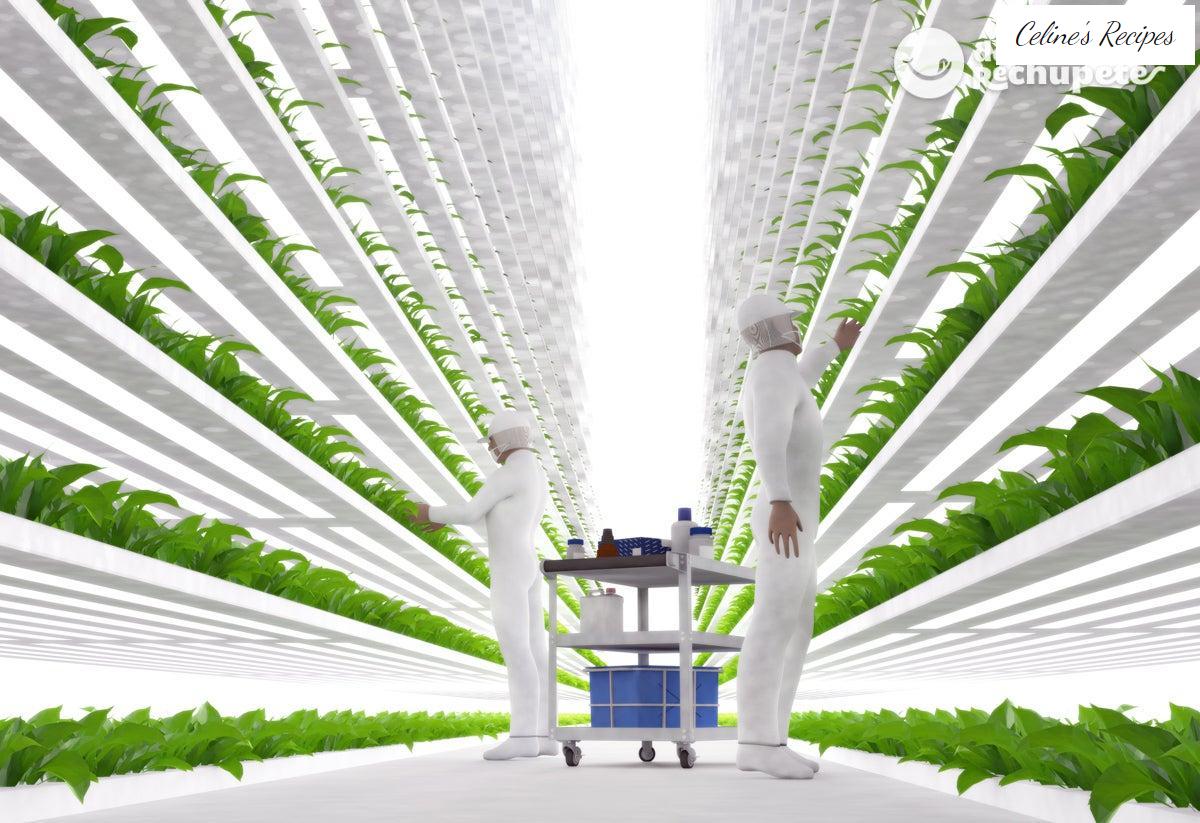
Well, ready, less drama and let’s start there! New consumption habits, recipes with these foods, we put them in the dining rooms … And also vertical urban gardens by hydroponics (a system of enriched water) that allows cultivation without the need for soil anywhere.
And if we put them where they are going to be consumed, we also avoid transportation. Fantastic.

But is it going to be enough? Would you dare to eat insects?
It seems little variety to me still for so many people, there are very carnivores of God so let’s continue to value other options, such as the rich little animals .
There are a lot of them that we kill, throw and suck, being wonderful sources of protein, accessible and with low environmental impact . Yes yes, I mean insects .
It seems clear that at the base of our food preferences there is a cultural explanation. We will then have to follow this track to see how we can expand our diet and start eating more insects.
I do not know why you are scandalized, if they have been in shape and soul in sweets for a long time. In an amazing futuristic maneuver I was already eating in the 80 jelly worms . Was it a psychological preparation? Because now, as I am used to, having them prepared in the same color and texture …
And they could make them with real insect paste, so they wouldn’t carry as much sugar.
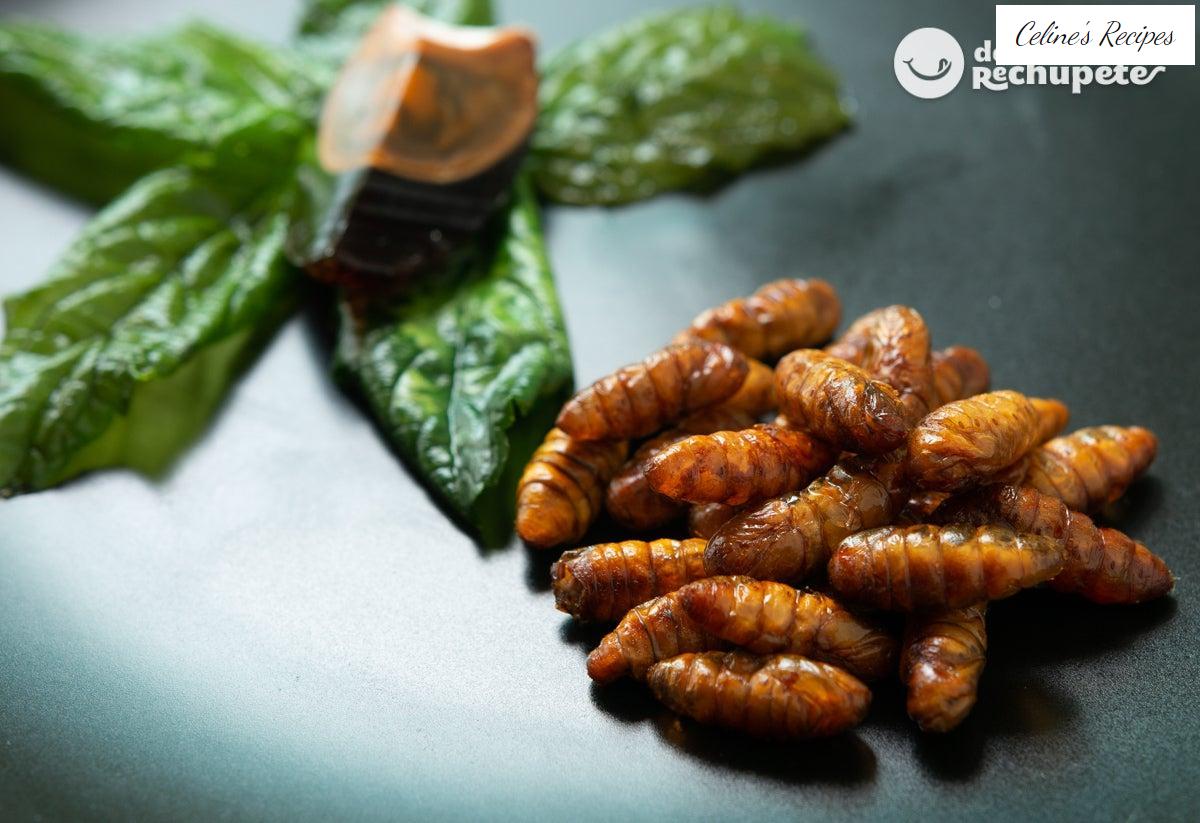
Although they say that they are richer toasted and salty , well, like the potato chips, laminated, they are also worth me.
Well thought, if I am going to eat insects I don’t want them to look like insects. It is one thing to eat insects and another to eat insects. It is like the fruit that maybe I am lazy, but if you put it in the yogurts I love it. Or the whole seaweed in salad that disgusts me, but if the plates and you wrap rice … sushiiiiii and also put colorful things with them, then they fire me!
Determined, I am willing to eat insects as long as they look like … brickwork, conguitos or sea shells … Sea shells would be perfect yes, salty as the beach, hummmmmmmm.
But I still think that the way we are, if we start eating insects all at once, with the few calories it also has, aren’t we going to unbalance the balance again? I don’t know, they are still necessary for the field or something.
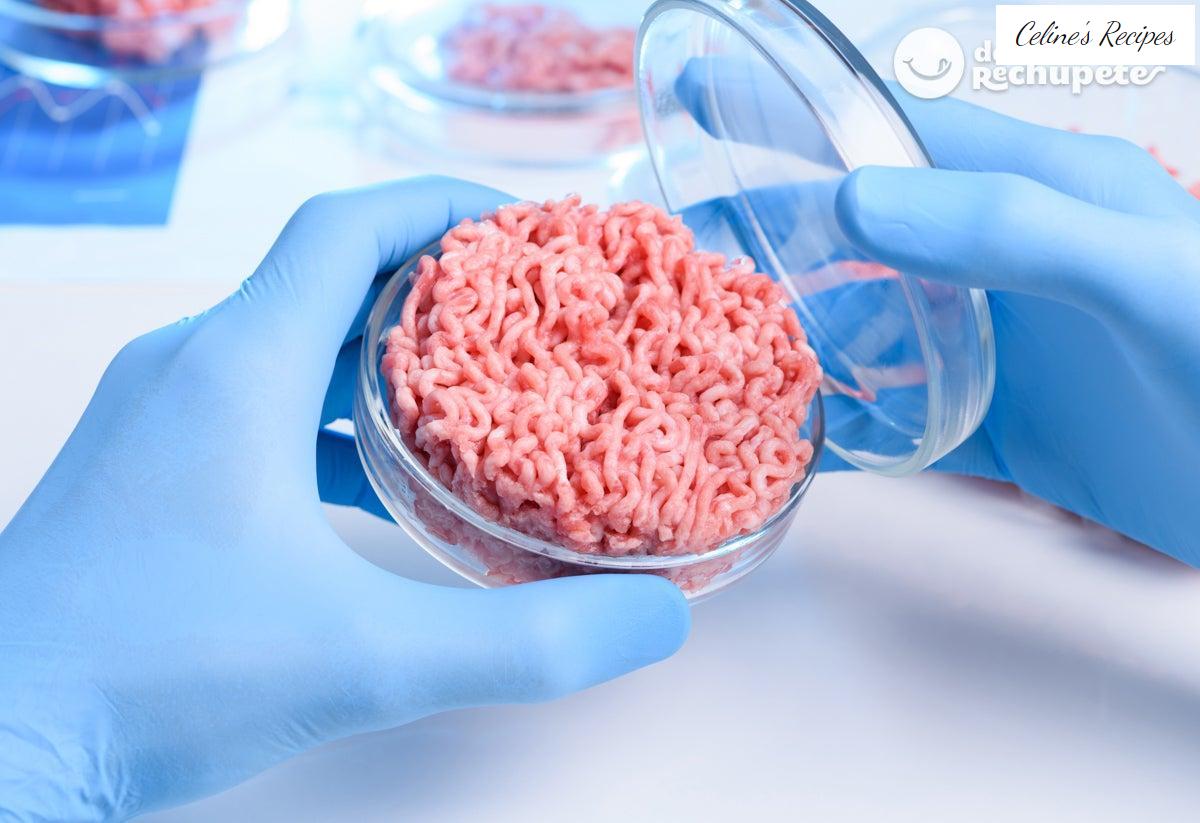
In vitro laboratory meat … The proteins of the future?
We will have to continue increasing the variety so as not to repeat the same mistakes. What do you think if we design another way of producing food, in vitro . Like the famous hamburgers created at the Maastricht University in the Netherlands from cow stem cells.
How cool isn’t it? I think they are still a bit expensive, but there will be no problem, investing to cut costs … this is ours.
The case is that we can have an accessible and generous production of transgenic foods, all perfect, with their uncontaminated nutrients, balanced with their vitamins already tucked inside … I already invented myself then a fun contest where blindfolded people try the food transgenic and normal to see if you can tell the difference.
But one thing, if you are going to make known foods but changing the origin so much, then make them look alike, as similar as possible.
Because if you give me a pepper in vitro and already cooked and processed in the shape of … dinosaur, well, I still do not like rejection as with transplants because it is a lot of mess together.
So we are left like this, many new foods, a lot of variety, some ecofriendly , others transgeni-friendly but the new ones with creative forms so that I forget that they are filthy bugs, and the transgenic ones with the same form as the original so that my predatory genes calm down; I am looking forward to the future, I will love it.
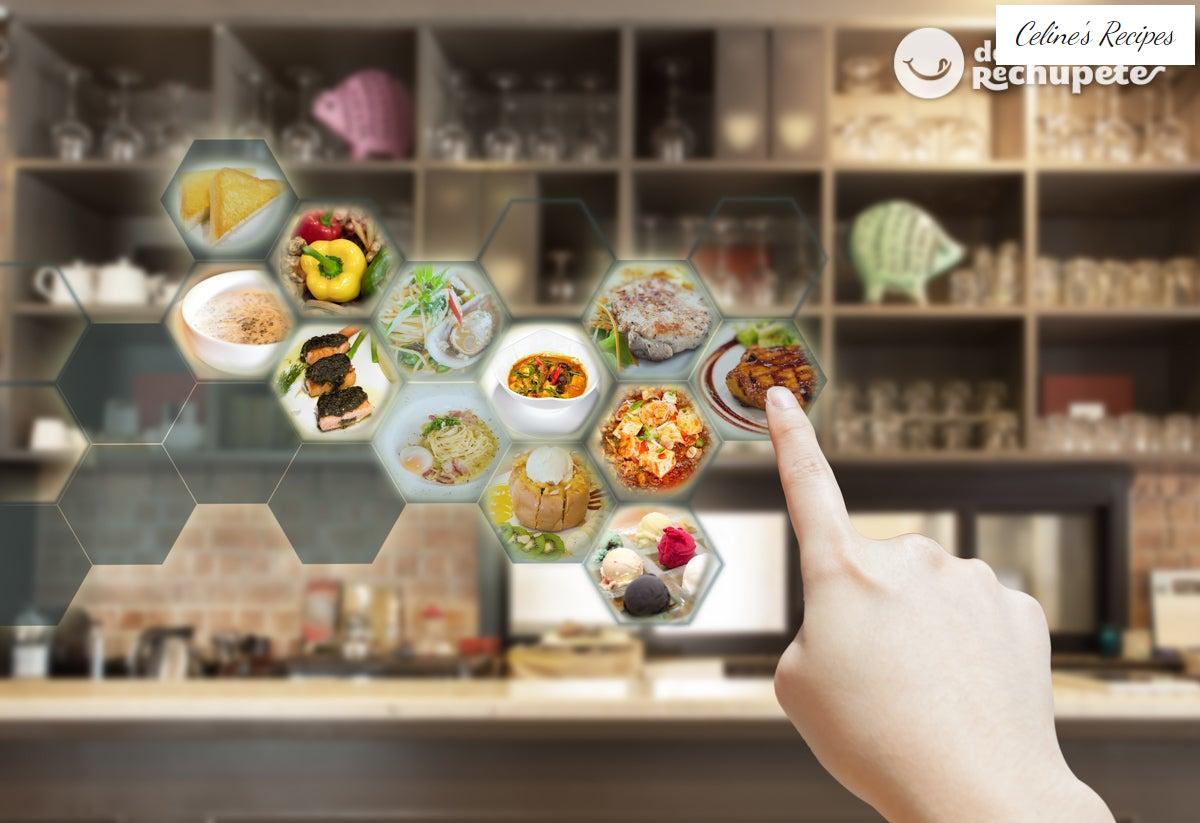
In addition there will be a new hospitality of rare and creative products generated by 3D printers directly in restaurants. With its colorful and biodegradable cartridges, or even edible ones too! And then at home we will also have such a printer, and we will ask for home delivery of cartridges with different nutritional components … how cool.
We can design each dish to our liking and needs. Because it is clear that the future of nutrition is the most absolute personalization. Nutrigenetics is here at a reasonable price to prove it.
A test that analyzes 80 genetic variants associated with metabolism and tells us, for example, how our body responds according to which nutrient, or what specific needs we have for such a vitamin or another.
You will tell me, grandma’s remedies are over, now they are going to be MY grandmother’s remedies for grandson A, for grandson B …
In summary…
In short, we are going to need a lot of variety of products in our minds and on our dishes, in our crops and in our laboratories.
And an even greater variety of ideas to generate modes of production, cooking and consumption of so much new thing to eat .
Did you like it? Share it!
Share Tweet Pin it To print
Receive a weekly email with new recipes and yummy recommendations.
Think of Pixels SL as the owner of Recetasderechupete.com, it will use the data you provide in this form only to send you blog updates. We treat your data with respect. For more information see the Privacy Policy . You can change your mind at any time and unsubscribe by clicking on the footer of any email you receive from this website, or by contacting [email protected]. Yummy recipes use Mailchimp as a platform for sending emails. Mailchimp is covered by the EU-US Privacy Shield agreement, approved by the European Data Protection Committee. By submitting this form you agree that your data will be transferred to MailChimp to process it in accordance with its Privacy Policy .
If you liked this article you will like:

Strength flour. What is it and how to use it
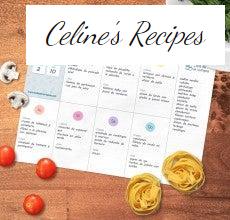
Printable weekly menu template
